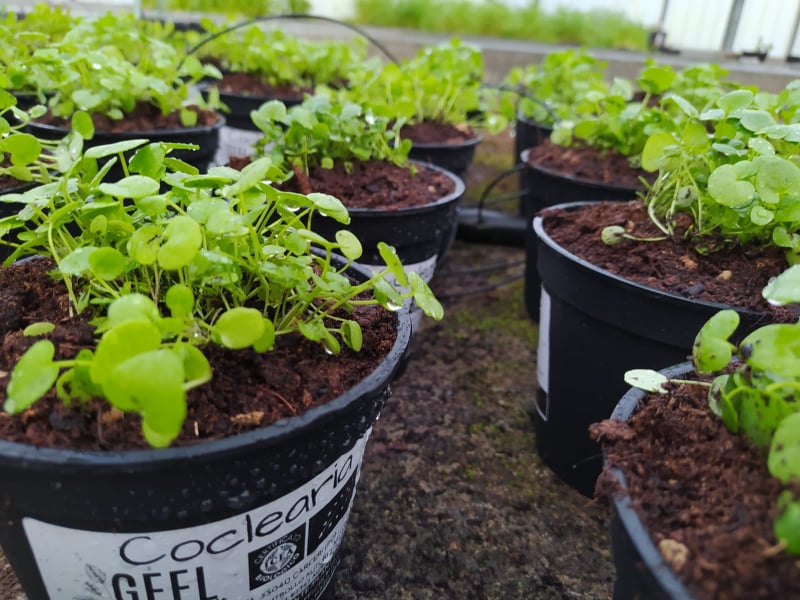In the past the collection of wild herbs it was widespread throughout the national territory and represented a resource of great importance for the daily sustenance of rural populations, especially in times of famine. Precisely this phenomenon gave rise to the term and the practice of fitoalimurgia, ie the knowledge of plant species for food purposes.
Today, wild herbs are experiencing a phase of great rediscovery among simple enthusiasts and budding and non-budding gardeners. The countryside in spring, for example, constitutes a varied and luxuriant form of supply and discovery, but sometimes also a garden or a backyard on the balcony they can be enough to enrich your knowledge and your salads!
So let's start talking about Bellis perennis, better known as daisy of the meadows. It is a small perennial herb, capable of reaching a maximum height of 15 cm and with a panel-like development. Spontaneous throughout the national territory, it was customary to consume the foliage as a fresh addition to salads. The leaves of this species may not help you remember, but the typical daisy flower represents it as the undisputed queen of the meadows.
Edible leaves are also those of Malva, a species of easy cultivation even on poor soils. Malva sylvestris spp. mauritiana it is characterized, in particular, by its large magenta flowers with elegant black-purple streaks. Widely used in herbal medicine for its emollient and anti-inflammatory properties, the consumption of mallow as a vegetable can help regulate intestinal functions. Not only its leaves, but also the flowers of this species can be eaten fresh in salads!
We talk about Salviaand it is not really known how many species this genus counts! It is the case of Salvia pratensis, often mistaken for any spontaneous flower, but by far another great queen of the meadows not only in spring, but also in midsummer with its waves of bright purple flowering. Precisely with this generous flowering it is possible to add a nice touch of color even to a very common salad.
, often mistaken for any spontaneous flower, but by far another great queen of the meadows not only in spring, but also in midsummer with its waves of bright purple flowering. Precisely with this generous flowering it is possible to add a nice touch of color even to a very common salad. , often mistaken for any spontaneous flower, but by far another great queen of the meadows not only in spring, but also in midsummer with its waves of bright purple flowering. Precisely with this generous flowering it is possible to add a nice touch of color even to a very common salad. Plantago coronopus, often mistaken for any spontaneous flower, but by far another great queen of the meadows not only in spring, but also in midsummer with its waves of bright purple flowering. Precisely with this generous flowering it is possible to add a nice touch of color even to a very common salad., often mistaken for any spontaneous flower, but by far another great queen of the meadows not only in spring, but also in midsummer with its waves of bright purple flowering. Precisely with this generous flowering it is possible to add a nice touch of color even to a very common salad. it is easily found in the spontaneous state, rising in the flowering periods with its reddish plumes. The leaves of Rumex acetosa they are also characterized by their sour and savory taste.
When designing a space for your salad herbs, give vent to your tastes and fantasies, the plants will certainly not disappoint you. You will be able to know their needs, appreciate the cycles of vegetation and to recognize many leaves and flowers that you may have trampled on as children or simply spotted on some lawn. You can combine them with other rustic and perennial species, ornamental and not, in short, you can experiment with what we like best!











